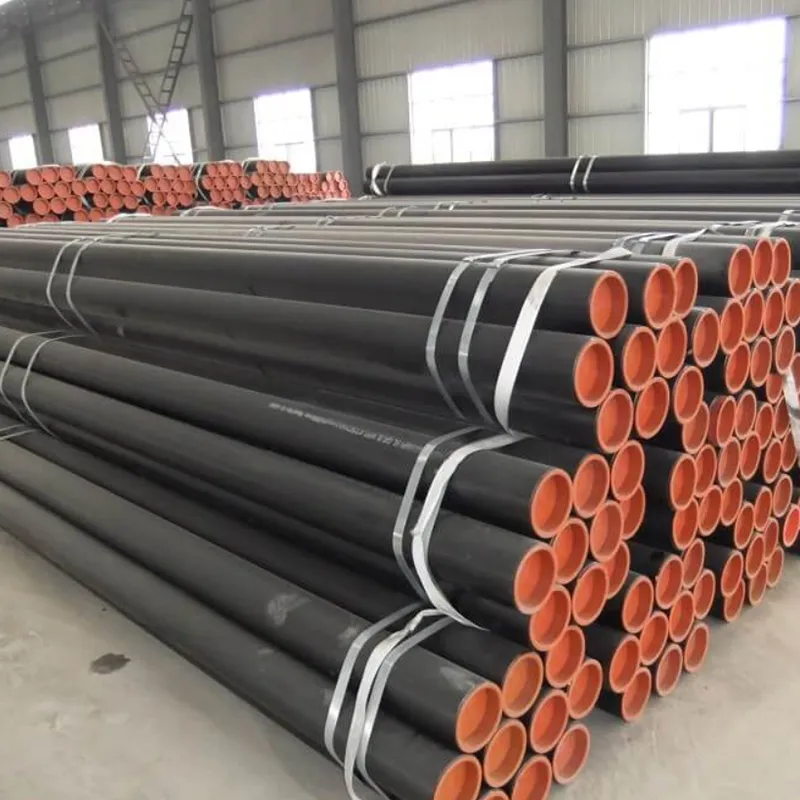-
Cangzhou Yulong Steel Co., Ltd.
-
Phone:
+86 13303177267 -
Email:
admin@ylsteelfittings.com

Sep . 25, 2024 22:11 Back to list
bending steel tubing without a bender
Bending steel tubing without a bender can seem like a daunting task, but with the right techniques and tools, it can be accomplished effectively. Whether you’re working on an automotive project, constructing a frame, or creating a custom piece of furniture, bending steel tubing manually allows for a greater degree of creativity and can save you time and money.
Understanding Steel Tubing
Steel tubing comes in various shapes and sizes, often categorized as round, square, or rectangular. The thickness and diameter of the tubing will influence the technique you choose for bending. Thin-walled tubes are easier to manipulate, while thicker walls may require more effort or alternative methods.
Tools You’ll Need
Before you start bending, gather the following tools - A strong workbench or a suitable flat surface - A clamp or vise - Heat source (like a propane torch or a heat gun) - A form or mandrel, if possible - Measuring tape - Safety equipment (gloves, goggles)
Techniques for Bending Without a Bender
1. Heat Bending One of the most effective methods is to heat the steel tubing. By applying heat to the area where you want to create the bend, the metal becomes more malleable. Here's how you can do it - Secure the tubing on your workbench using a clamp or vise. - Identify the area to be bent and evenly heat that section with your torch or heat gun. - Once the metal begins to glow red (be cautious not to overheat), apply pressure to bend it gently to the desired angle.
bending steel tubing without a bender

2. Manual Bending For thinner tubing, you can also use manual leverage. Here’s a simple method - First, mark the point where you want to bend the tube. - Place the marked section over the edge of your workbench. - Use your body weight to push down on the end of the tubing, employing gradual force. - Alternatively, you can use another piece of metal or wood as a lever to assist in bending.
3. Using a Form or Mandrel Creating or utilizing a form can help achieve a more uniform bend. - Cut a piece of wood or metal in the shape of the desired bend. - Place your tubing around this form, and gently push or pull it to match the curvature of the form. - This method requires patience and careful measurement but results in a clean bend.
Safety Precautions
Always prioritize safety when working with steel tubing. Wear safety goggles to protect your eyes from debris and gloves to prevent burns from the heated metal. Make sure your workspace is well-ventilated, especially when using heat sources.
Conclusion
Bending steel tubing without a bender is entirely achievable with the right approach and tools. Whether you choose to heat the tubing, manually leverage it, or use a form, the key is to take your time and ensure you make smooth, gradual bends. With practice and patience, you’ll be able to create customized bends for all your projects, turning raw materials into beautifully crafted pieces. Remember, every project offers an opportunity to learn and refine your skills, so don’t hesitate to experiment and find what works best for you.
Latest news
-
ANSI 150P SS304 SO FLANGE
NewsFeb.14,2025
-
ASTM A333GR6 STEEL PIPE
NewsJan.20,2025
-
ANSI B16.5 WELDING NECK FLANGE
NewsJan.15,2026
-
ANSI B16.5 SLIP-ON FLANGE
NewsApr.19,2024
-
DIN86044 PLATE FLANGE
NewsApr.19,2024
-
DIN2527 BLIND FLANGE
NewsApr.12,2024
-
JIS B2311 Butt-Welding Fittings LR/SR 45°/90° /180°Seamless/Weld
NewsApr.23,2024
-
DIN2605-2617 Butt-Welding Fittings LR/SR 45°/90°/180° Seamless/Weld
NewsApr.23,2024











